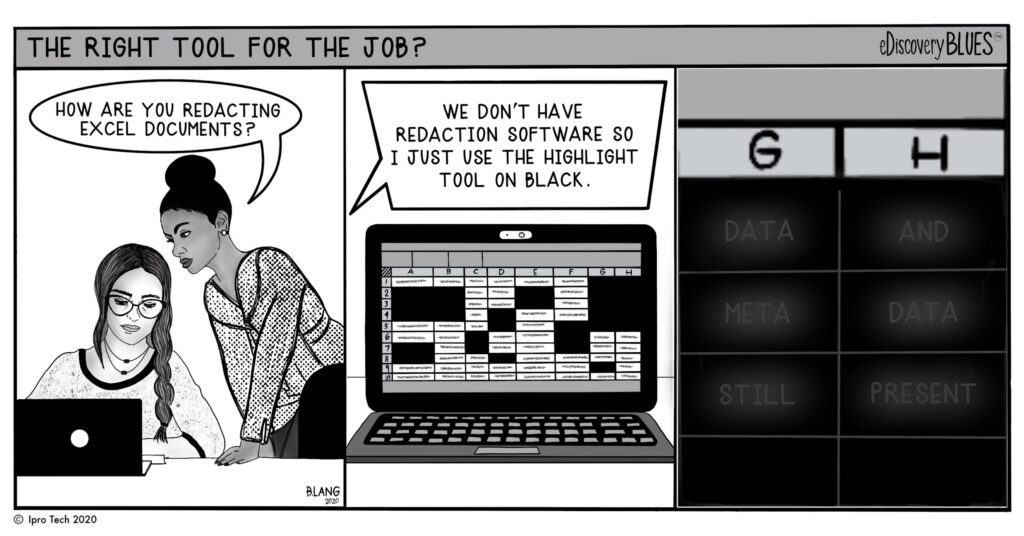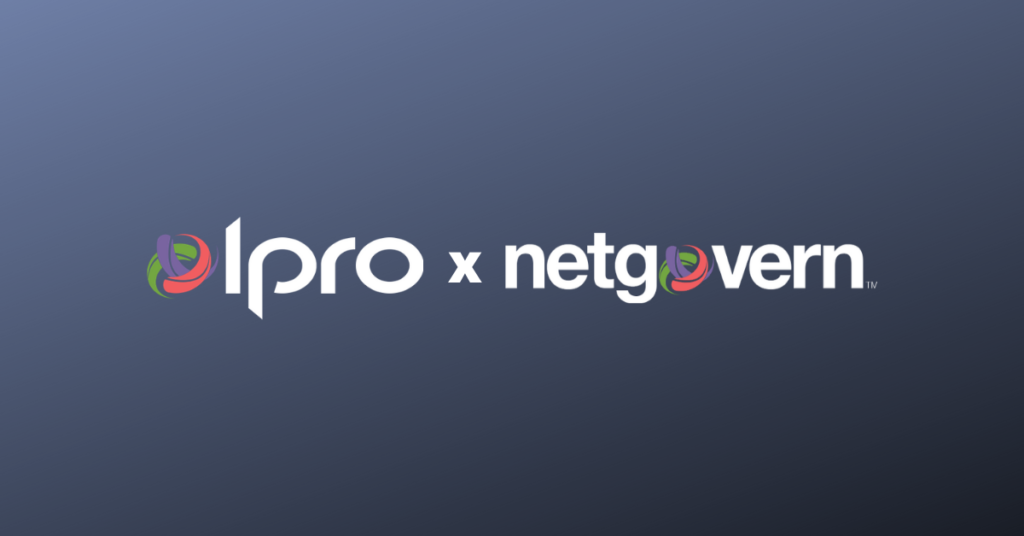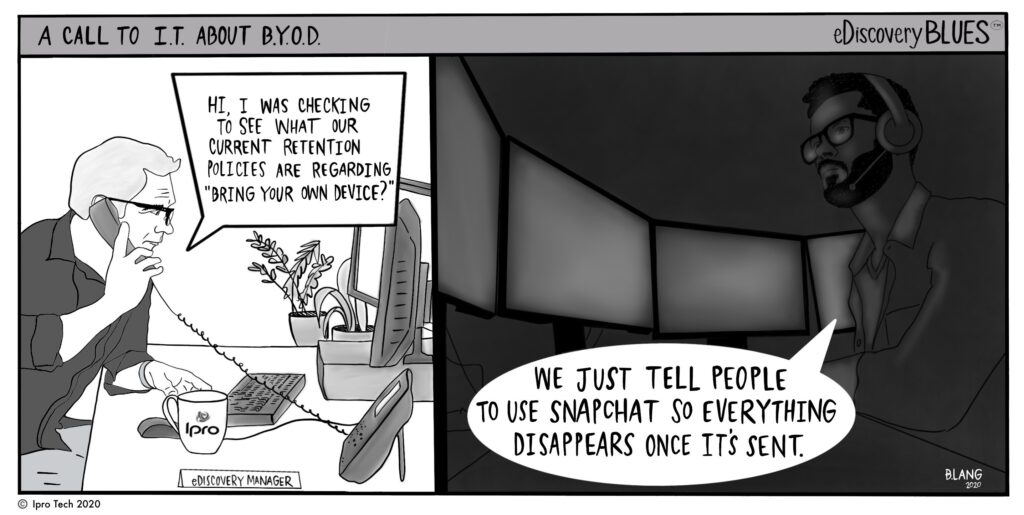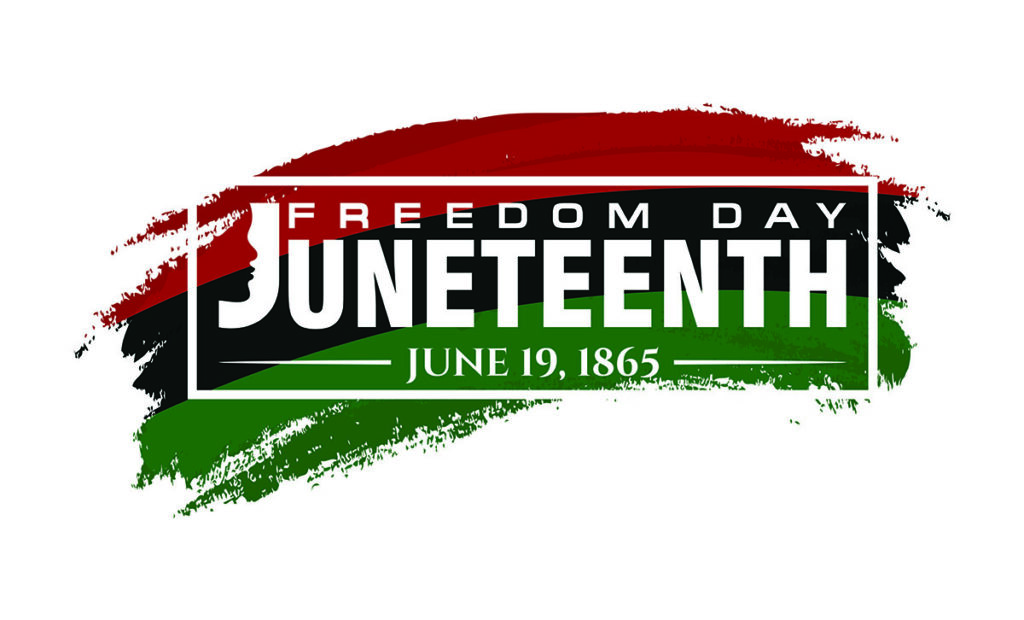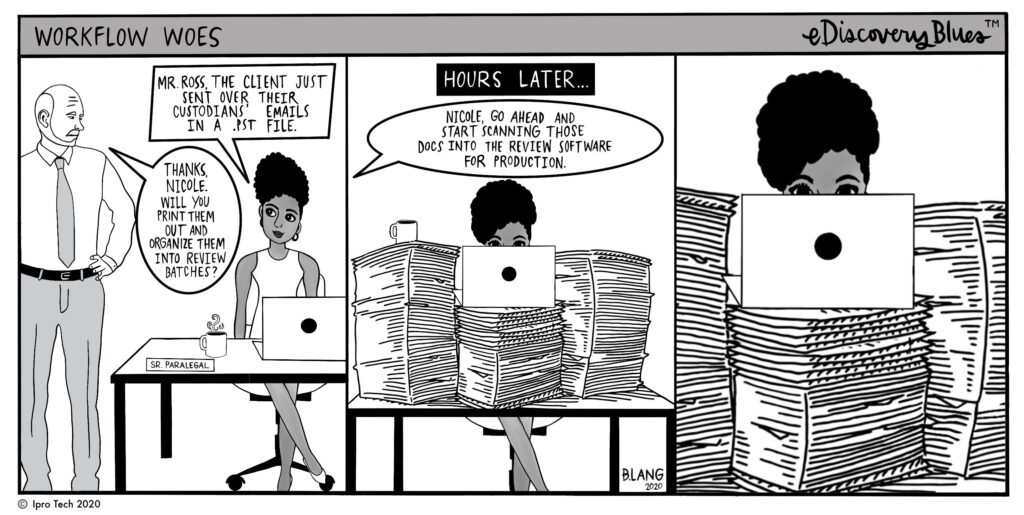5 Considerations for Creating an Effective BYOD Policy
Written by Doug Austin, Editor of eDiscovery Today
A couple of weeks ago, I discussed three cases here that illustrated the importance of having a strong Bring Your Own Device (BYOD) policy in your organization to minimize security risks. Today, I’ll discuss best practices associated with BYOD policies and even provide a couple of links to sample BYOD policies that you can use as a starting point to develop your own organization’s BYOD policy or confirm that your existing policy “covers all of the bases” in protecting your organization.
The Stats Associated with BYOD
According to this report, 85 percent of organizations enable BYOD. 76 percent of them enable it at least for employees and those organizations and others also enable it for contractors, partners, customers and suppliers. Organizations embrace BYOD because it increases employee mobility (74 percent of respondents), employee satisfaction (54 percent) and reduces costs (49 percent).
However, 51 percent of respondents stated that the volume of threats targeting mobile devices is increasing, following the rise of BYOD and mobile data access. Also, 43 percent of respondents didn’t even know if devices accessing corporate data were infected with malware. And, just a few years ago, as few as 39 percent of companies actually had a formal BYOD policy. 39 percent! While that number has probably gone up, it illustrates just how much of a “wild west” the use of BYOD devices has been in many organizations.
5 Considerations for Creating an Effective BYOD Policy
If your organization doesn’t have a BYOD policy, because of the COVID-19 pandemic, there has never been a better time to implement one. Nonetheless, here are some of the considerations you should address to establish proper use of BYOD devices by your employees and any other parties that might have access to organization resources.
- Require Passwords on All Devices Used for Company Work: I know you’re saying “no duh!” but there are still people out there who could be using older devices with older operating systems (especially with all of the additional remote access during the pandemic) that don’t require the device to be secured with a password. Most newer OSs require a password to be set for the device, so this may not happen that often, but you want to explicitly require passwords on all BYOD devices. You may also want to establish a requirement for strength of passwords, when appropriate, and maximum amount of idle time for the device before it automatically locks.
- Establish Lists of Approved and/or Banned Apps: Have you heard all of the recent concern about the app TikTok and privacy concerns? Last week, Amazon told workers to remove the app from their devices or risk losing access to company email, then apparently called that directive a “mistake”. Regardless of what you think of TikTok, there are apps out there that are known security risks. Your IT department should stay up-to-date on which apps might be at risk, keep updated lists of banned apps within the organization and communicate those changes regularly. Or consider even getting more restrictive by providing a list of approved apps (and a procedure for requesting apps to be evaluated for addition to the list).
- Provide Security Software: To the extent that individuals are accessing company resources, they should be doing it through secured means. Securing access through a Virtual Private Network (VPN) or Remote Desktop Protocol (RDP) is a must for any resources not accessed through secured cloud platforms. In addition, it’s a good idea to consider implementing a Mobile Device Management (MDM) solution to directly administer mobile devices to segment business data and use from personal data and use.
- Establish a Policy for Use of BYOD Devices During Legal Holds: This is a “no, duh!” tip for eDiscovery professionals, but most people don’t even think about the potential for their BYOD device to contain unique data, even if instructed to preserve all data. The BYOD policy should, in general, explicitly state the rights for the organization to access the BYOD device, which should include the need to preserve and collect data during legal holds. It also should cover things such as discontinuing auto deletion of texts and messages within messaging apps (which could even include discontinuing using ephemeral messaging apps if they don’t provide an option to keep the messages indefinitely) and coordinating with the organization before replacing your device to capture data from it first.
- Force Acknowledgement of the Policy and Policy Updates: In other words, require employees (and anyone else with access to company resources) to sign a copy of the policy to acknowledge that they have read and understood the policy. You also may need to consider having them sign periodically to acknowledge significant updates to it as well. Not only is it important to hopefully avoid incidents of evidence spoliation, but it also can at least illustrate that your organization has communicated and confirmed an understanding of the policy from individuals, which could be important to defend against significant sanction if spoliation does occur.
Examples of BYOD Policies
There are too many best practices to cover in one blog post, but there are several FREE examples of BYOD policies available on the web to provide ideas regarding what to cover in your organization’s BYOD policy. They cover several additional best practices to address, including support, reimbursement of costs, handling of lost/stolen/damaged equipment and termination of employment. Here are links to two of them, courtesy of SHRM and IT Manager Daily. These and others can be terrific starting points for creating your own BYOD policy, but your policy should be unique to the needs and challenges of your particular organization and you should not only customize it to your needs, but evaluate it periodically and update it as necessary to ensure it continues to cover and protect your organization as much as possible.
For more educational topics from Doug Austin related to eDiscovery, cybersecurity and data privacy, feel free to follow, eDiscovery Today! And as part of the continued educational partnership between Ipro and eDiscovery Today, he’ll be here in the Ipro Newsroom next week with more educational content!



